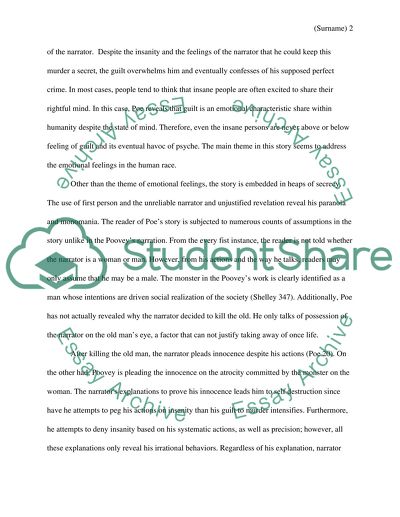Cite this document
(“Essay on Learning to read and write, by Federick Douglass”, n.d.)
Essay on Learning to read and write, by Federick Douglass. Retrieved from https://studentshare.org/literature/1459558-essay-on-learning-to-read-and-write-by-federick
Essay on Learning to read and write, by Federick Douglass. Retrieved from https://studentshare.org/literature/1459558-essay-on-learning-to-read-and-write-by-federick
(Essay on Learning to Read and Write, by Federick Douglass)
Essay on Learning to Read and Write, by Federick Douglass. https://studentshare.org/literature/1459558-essay-on-learning-to-read-and-write-by-federick.
Essay on Learning to Read and Write, by Federick Douglass. https://studentshare.org/literature/1459558-essay-on-learning-to-read-and-write-by-federick.
“Essay on Learning to Read and Write, by Federick Douglass”, n.d. https://studentshare.org/literature/1459558-essay-on-learning-to-read-and-write-by-federick.


